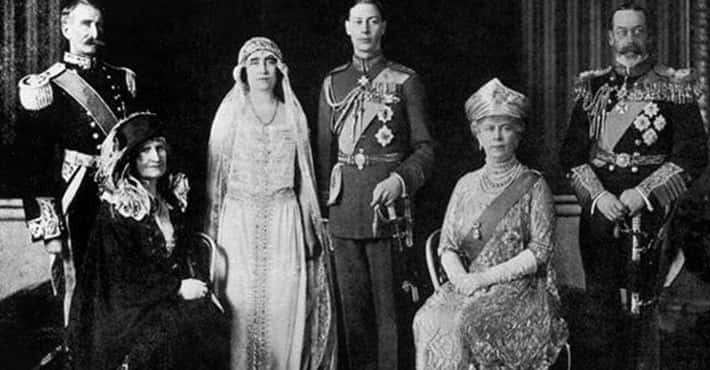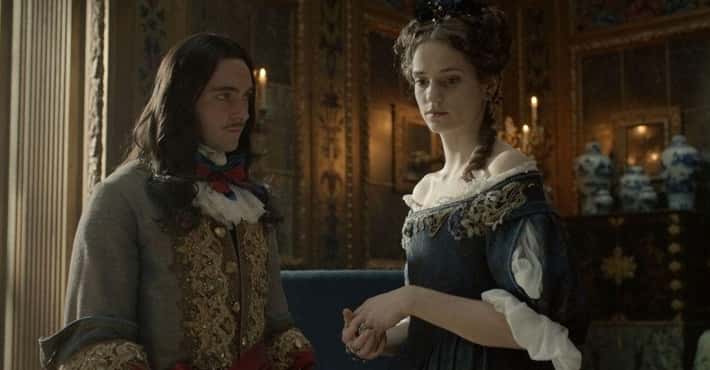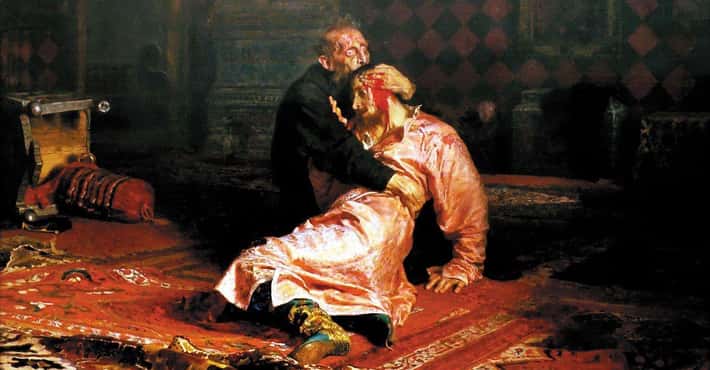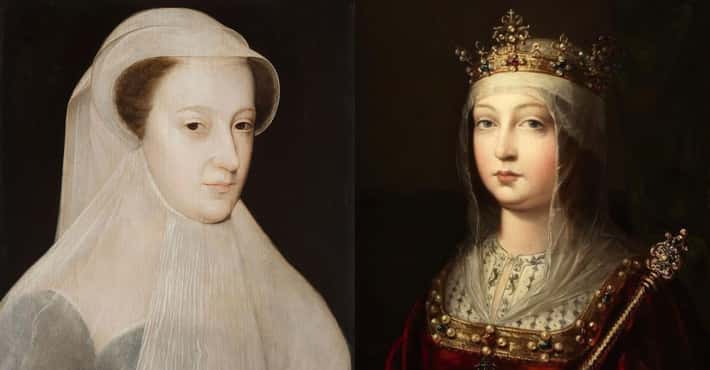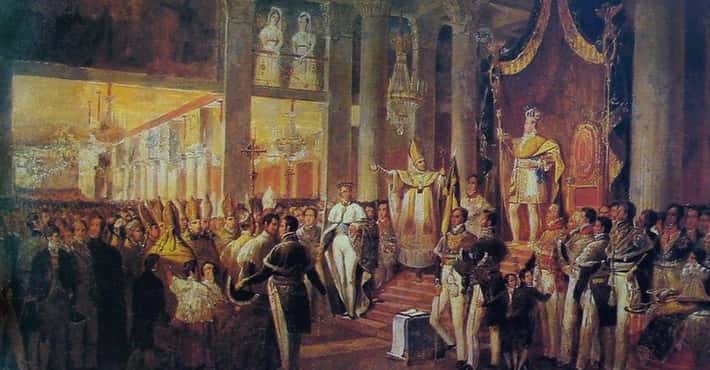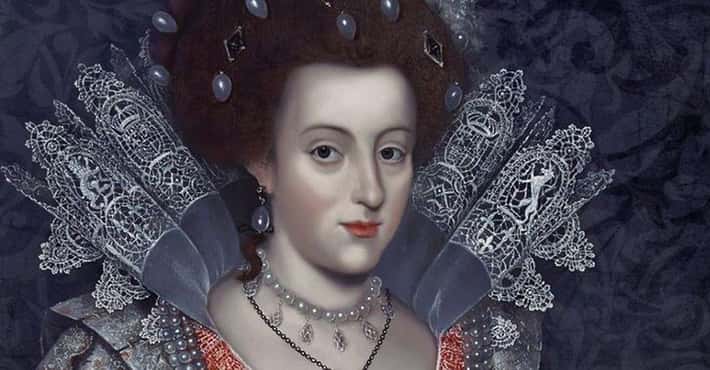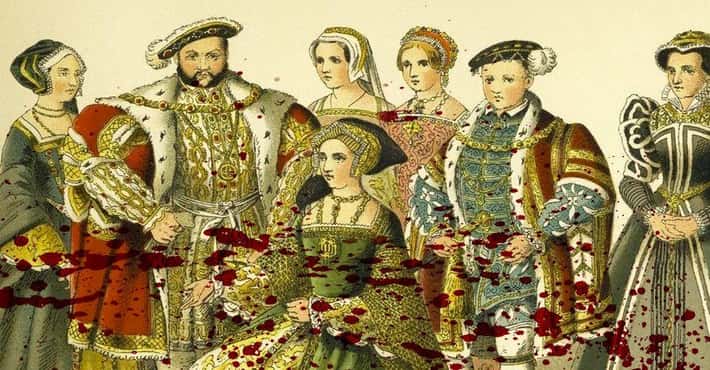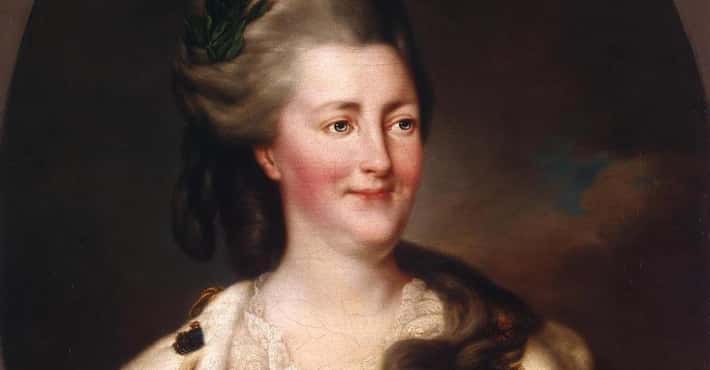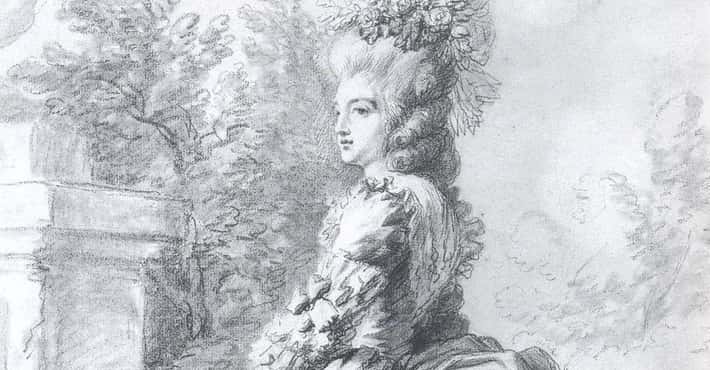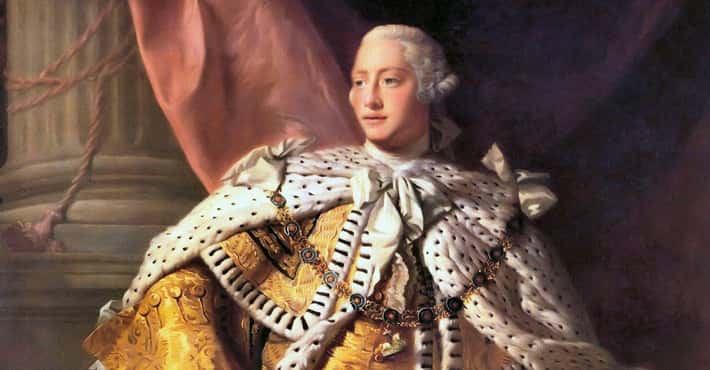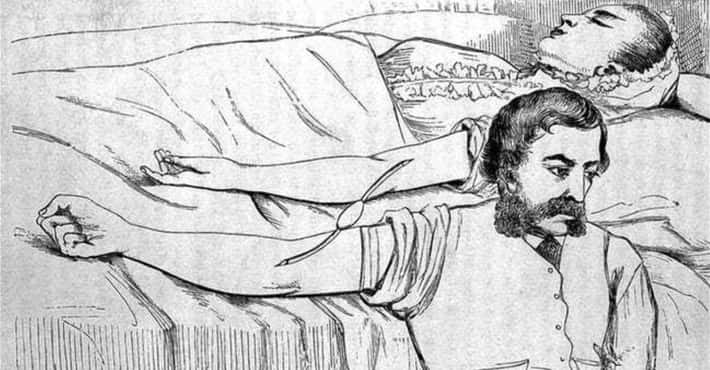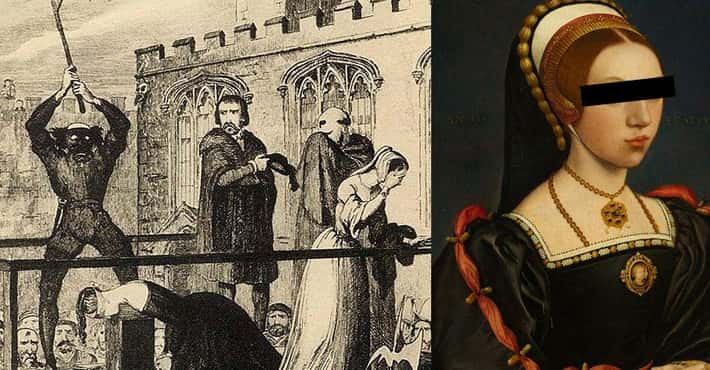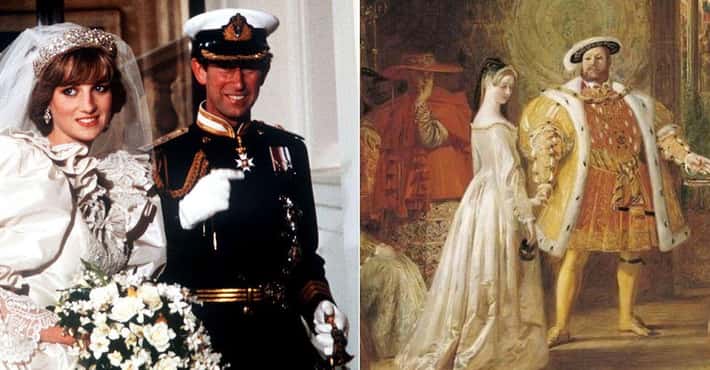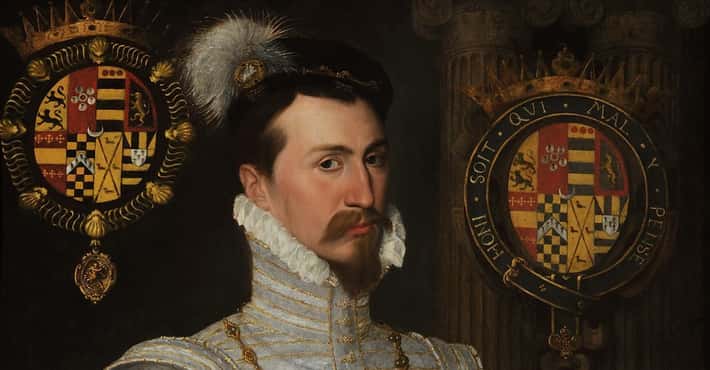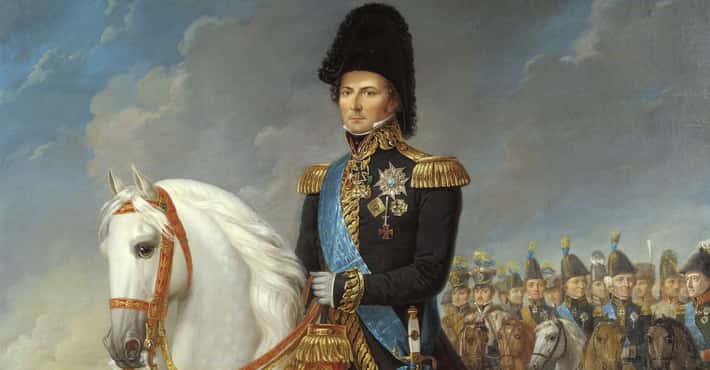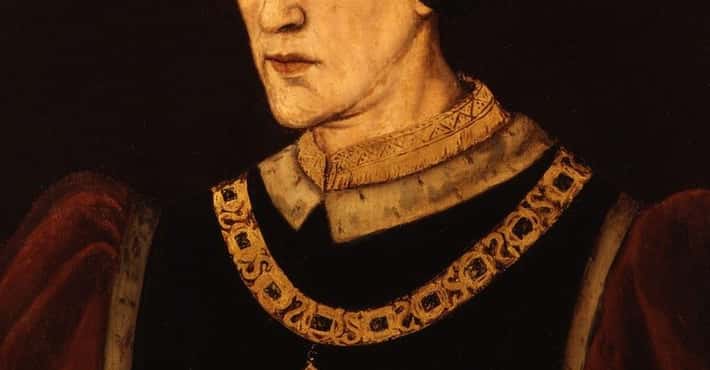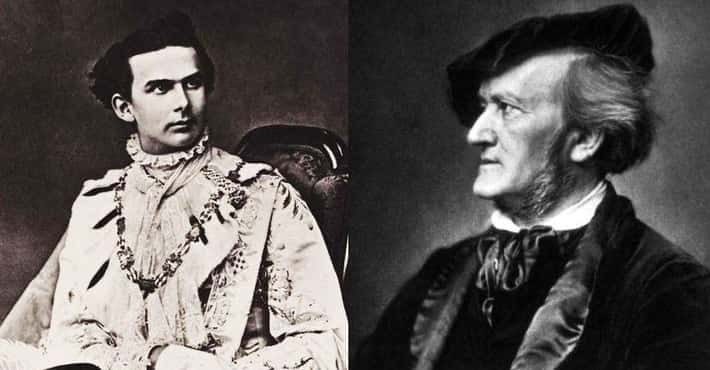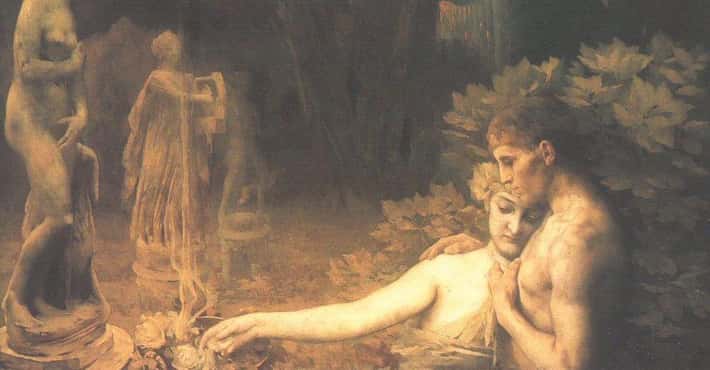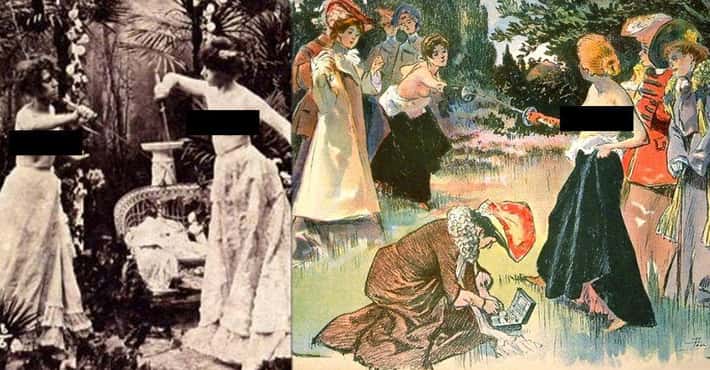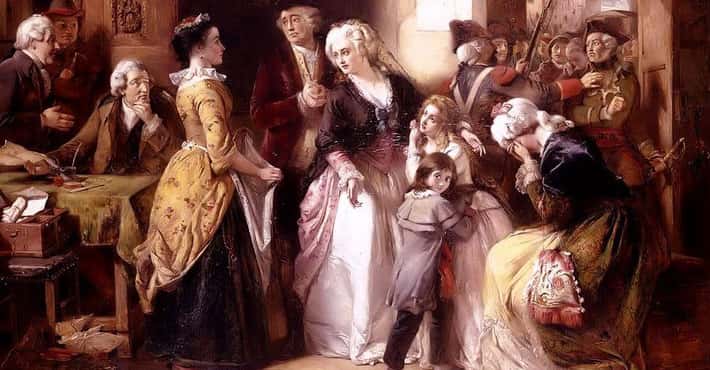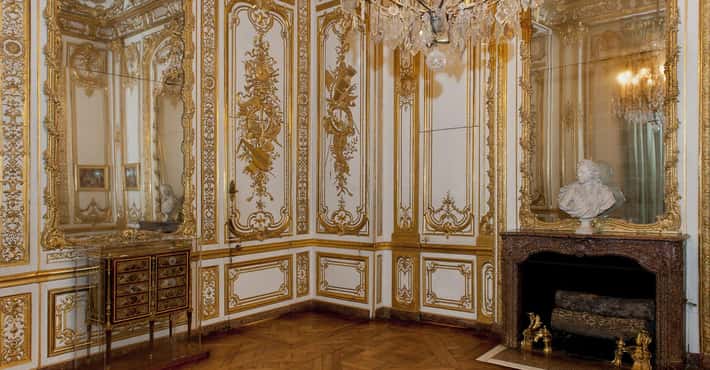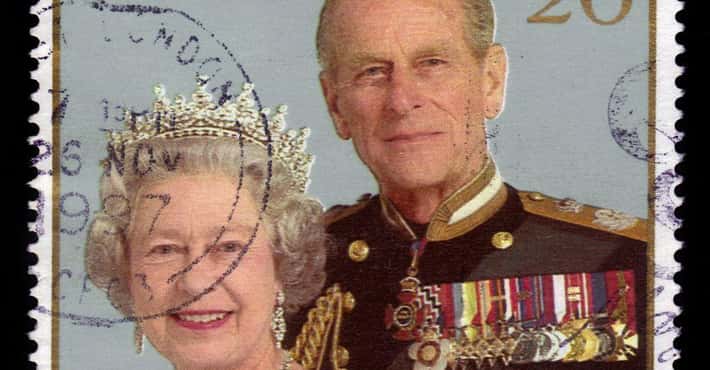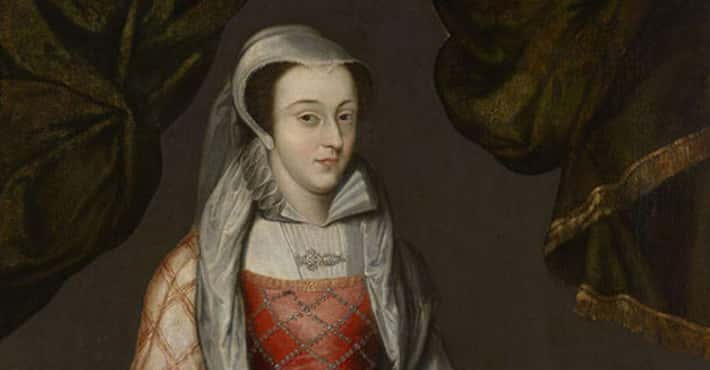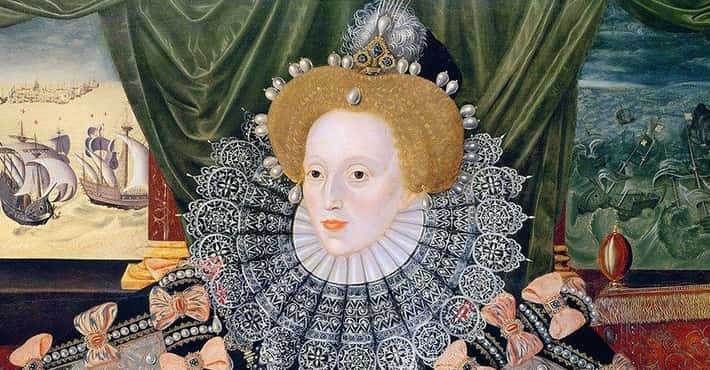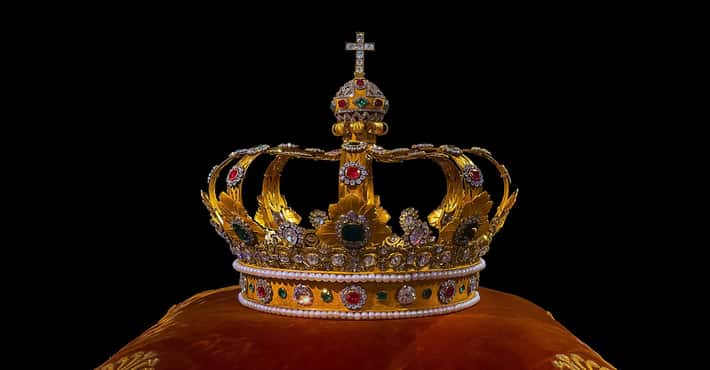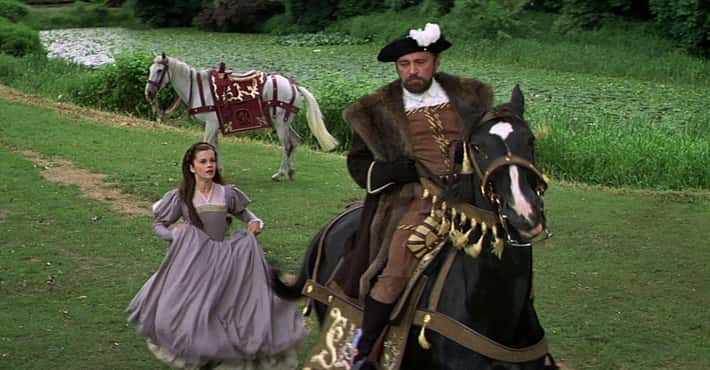
- Photo:
- Fox Searchlight Pictures
Queen Anne’s Ex-Friend Wrote A Biased Memoir That Tarnished Her Reputation For Centuries
- Photo:
- Charles Jervas
- Wikimedia Commons
- Public Domain
Anne Wrote Revealing Letters To Sarah
Queen Anne wrote passionate letters to Sarah Churchill. In one, she declared, "If I writ whole volumes I could never express how well I love you." Sarah's affections were less clear. For Sarah, Anne was a route to advancement and a path to power. Sarah knew Anne was infatuated with her and used it to her advantage. She told Anne who to appoint to her cabinet and pushed the queen to support Whig policies.
Sarah may have also chafed at the queen's affection. In a memoir, Sarah explained that Anne "desired to possess me wholly."
- Photo:
- Photo:
- Sir Godfrey Kneller
- Wikimedia Commons
- Public Domain
Anne Described How She Longed For Sarah's Embrace
Queen Anne's letters revealed her passion for her Lady of the Bedchamber. In one, Anne lamented, "I can't go to bed without seeing you... If you knew in what condition you have made me, I am sure you would pity." In another, she pleaded with Sarah, "Oh come to me as soon as you can that I may cleave myself to you."
When Anne penned the letters, she didn't hold back. In one, she told Sarah, "I hope I shall get a moment or two to be with my dear." Anne said she longed to see Sarah "that I may have one dear embrace, which I long for more than I can express."
After Anne dismissed Sarah from court, the duchess took her revenge by making Anne's letters public. She threatened to do so starting in 1709.
- Photo:
- Photo:
- Alexander van Gaelen
- Wikimedia Commons
- Public Domain
Her Relationship With The Queen Made Sarah Churchill Incredibly Wealthy
Sarah Churchill used her relationship with Queen Anne for personal gain. When Anne took the throne, Sarah earned the titles Mistress of the Robes, Groom of the Stole, Keeper of the Privy Purse, and Ranger of Windsor Great Park. The salary from her positions was over £6,000 a year, a small fortune in the early 18th century.
In addition to the titles, Anne showered Sarah with wealth. After naming Sarah's husband Duke of Marlborough, Anne offered her an annual pension of £5,000 to maintain their household. Sarah even asked Anne to pay a £10,000 dowry for her daughter Elizabeth.
- Photo:
- Photo:
- Charles Jervas
- Wikimedia Commons
- Public Domain
Just Days Before Anne Cast Her Out, Sarah Threatened Anne's Crown
Sarah Churchill used the love letters she received from Anne to spite the queen. When the queen asked for the letters back, Sarah refused, going so far as to hide them after rumors that the queen's men might take them by force.
Just days before the duchess was officially dismissed in 1711, she made copies of Anne's letters. Sarah emphasized the most passionate passages, the ones in which Anne vowed the two would never be parted. And she warned one of Anne's ministers that the letters could cost Anne her crown. "Such Things are in my Power, that if known by a Man, that would apprehend, and was a right Politician might lose a Crown," the duchess threatened.
- Photo:
- Photo:
- Alfred Garth Jones
- Wikimedia Commons
- FAL
Sarah Accused Anne Of Loving Her 'Dirty Chambermaid'
When Sarah Churchill realized she was being replaced by her own cousin, Abigail Hill, she fought back. Sarah threatened to reveal that Anne had "no inclination for any but one's own sex." Sarah called Abigail a viper, warning Anne that she might lose her throne if the world knew she had "so great a passion for such a woman."
Anne refused to bend at first, shooting back, "I may love whom I please." But that didn't stop Sarah, who spread rumors that Anne and Abigail were ruling the country as lesbian lovers, calling Abigail a "dirty chambermaid."
- Photo:
- Photo:
- Michael Dahl
- Wikimedia Commons
- Public Domain
Sarah Heaped Insults Upon Her Replacement
Sarah Churchill and her allies held nothing back when they attacked Queen Anne. They called Abigail Hill, Sarah's cousin and the queen's new favorite, a "dirty chambermaid," the "ungrateful b*tch," and even "Sl*t of State."
In public, they circulated rumors about Anne and Abigail, saying that Abigail performed "sweet service" for Anne, including "dark deeds in the night." In a series of pamphlets created to destroy Anne's reputation, gossipmongers described the women bathing together, sneaking off to rendezvous when Anne's husband was asleep.
When Sarah threatened Anne, the queen snapped. She banished Sarah from court, severing all ties with the duchess. But Sarah got the last word: She waited nearly three decades after Anne's 1714 death to publish her tell-all story of their relationship. An Account of the Conduct of the Dowager Duchess of Marlborough, from Her First Coming to Court, to the Year 1710 was published in 1742.
- Photo:
- Photo:
- John Closterman
- Wikimedia Commons
- Public Domain
Sarah Began Compiling Material As Soon As She Lost Anne's Affection
The relationship between Queen Anne and Sarah Churchill grew strained by 1707, as the queen began to turn her attention to Abigail Hill, Sarah's younger cousin. As soon as Sarah began losing favor, she started writing her own account of her relationship with Anne. The text included brief descriptions of meetings with Anne, quotes from Anne's affectionate letters, and any other material Sarah could use to protect herself.
In the text, Sarah wrote how Anne promised to reward Sarah's daughters with positions in the court but then broke her promise. Racy quotes backed up Sarah's claim that Anne was a lesbian. Sarah's unofficial history became valuable evidence - and eventually, changed public perception of the queen.
- Photo:
- Photo:
After Anne Dismissed Her From Court, Sarah Turned Vicious
Jealousy and resentment tarnished Sarah Churchill's relationship with Queen Anne. The Duchess of Marlborough was furious over Anne's relationship with her cousin Abigail Hill, and saw the queen as an ignorant child in need of guidance.
When the queen dismissed Sarah from court, Sarah petulantly demanded a £2,000 annuity that Anne had offered years earlier - with interest. Sarah went so far as to remove the door locks from her former apartment after her dismissal, leaving the quarters completely bare. She also refused to return the passionate letters the queen had written her.
- Photo:
- Willem Wissing
- Wikimedia Commons
- Public Domain
Anne's Reign Was Long Defined By Sarah's Book
For years, Queen Anne's reputation was defined by Sarah Churchill's unflattering memoir. In the work, first published in 1742, Sarah described Anne as a childlike, ignorant woman who turned against her loyal courtier. In the words of the Duchess of Marlborough, Anne was easily led by her passions, including her love for several women throughout her life.
Historians have turned to the memoir to understand Anne's rule during a pivotal time in the emergence of the modern United Kingdom. The material wasn't created to document these swift changes, though - the source was originally created to tarnish the queen's reputation.
- Photo:
- Photo:
- Godfrey Kneller
- Wikimedia Commons
- Public Domain
Sarah Waited Until Anne Had Passed To Get Her Final Revenge
Queen Anne passed in 1714, just a few years after dismissing Sarah Churchill from court. In 1742, at the age of 82, Sarah published a memoir meant to clear her name. The book, An Account of the Conduct of the Dowager Duchess of Marlborough, from her First Arriving at Court, to the Year 1710, tried to justify the conduct of Sarah and her husband.
Sarah's memoir created a scandal as it retold the gossip from Anne's reign. Sarah related Anne's difficulties with her older sister, Queen Mary, defended her own actions during Anne's rule, and blamed Anne for dismissing Sarah over three decades earlier. Because the book contained many quotes from letters written at the time, historians saw it as providing valuable insight into Anne's life - though its origins are decidedly biased.
- Photo:
- Photo:
- Maria Verelst
- Wikimedia Commons
- Public Domain
Anne Had Close Relationships With Other Women, Too
From a young age, Queen Anne found herself enamored with other women. As a young woman, Anne wrote love letters to Frances Apsley, a member of court. In some of the letters, Anne imagined herself as a man proclaiming his passion for her.
Anne also fell for another Lady of the Bedchamber, a woman named Mary Cornwallis. Again, Anne's passion took shape in letters. Anne's affections were obvious to everyone in her family. Her uncle, King Charles II, quipped, "No man ever loved his Mistress as his niece Anne did Mrs. Cornwallis." Anne's father, the Duke of York, fired Mary to separate the pair.
- Photo:
- Photo:
- Peter Lely and Benedetto Gennari
- Wikimedia Commons
- Public Domain
Anne Was A Young Princess When She Met Sarah
Anne's uncle, Charles II, was a king without heirs, so everyone assumed that Charles's brother, James, would become the next king. With her father waiting in line for the throne, young Anne grew up as a royal princess. She was only 6 years old when she met Sarah, a lady-in-waiting at Richmond Palace.
The two girls became fast friends, giving each other nicknames and spending much of their time together. They used the nicknames "Mrs. Morley" and "Mrs. Freeman" in their letters. As they grew older, they began writing passionate letters to each other, even after both were married.
But many thought the relationship was inappropriate, particularly after Anne married George, Electoral Prince of Hanover, and officially became the Princess of Denmark.
- Photo:
- Photo:
- Eugène-Louis Lami
- Wikimedia Commons
- Public Domain
Sarah Asked Her Husband To Build A Grand House Next To Anne's Palace
As the Duchess of Marlborough, Sarah Churchill was one of the most powerful women in the country. Her husband, John Churchill, was Commander-in-Chief of Great Britain's forces during the War of the Spanish Succession. He successfully fought the French and won important victories for his country. So it's no surprise that Queen Anne rewarded the Duke and Duchess of Marlborough by granting them land from St. James's Palace to build their own enormous house.
Marlborough House was erected directly next to St. James's Palace, where Anne lived. Architect Sir Christopher Wren designed the house, working with Sarah to create the perfect London home. But soon after the building was completed, Sarah fell out of favor and was dismissed from court, along with her husband.
- Photo:
- Photo:
- Godfrey Kneller
- Wikimedia Commons
- Public Domain
Romantic Friendships Were Common And Seen As Practice For Marriage
The relationship between Sarah Churchill and Queen Anne was not uncommon in their era. In fact, so-called "romantic friendships" were encouraged between girls. The close bond would supposedly help a young girl prepare for her life as a married woman.
Many of these relationships didn't end after the women involved married men. Still, even if it was common to form a close bond with another woman, many in the Stuart court worried that Anne was unusually attached to Sarah. Anne persisted in maintaining their relationship, even as her own family called it an "immoderate passion."
- Photo:
- Photo:
- The White Queen
- BBC One
Want More Historical Royals?
While some historical rulers seem like characters out of a gallant fairy tale, most of them come off as dangerously extra. To live under these madcap monarchs and curious queens would have been the eponymous "worst of times" - but reading about them from the safety of the 21st century is undeniably entertaining. If you want more content of monarchs behaving badly - and occasionally for the greater good - check out these books, films, and other media.
The Three Emperors. For those interested in both monarchies and world history, this book examines the lives of Kaiser Wilhelm II, George V, and Tsar Nicholas II, and how their reigns shaped and were impacted by World War I.
Horrible Histories: Cruel Kings & Mean Queens. This is an all-ages recommendation, but if you want educational entertainment, you really can't do better than the Horrible Histories series. It has spawned a mega-franchise of live-action and animated shows, but the books were where it all began, and they offer history through a comedic but factual lens.
Based on the historical novels of Philippa Gregory, The White Queen miniseries depicts the Wars of the Roses through the eyes of the women who operated behind the scenes: Elizabeth Woodville, Margaret Beaufort, and Anne Neville.
For those who enjoy the sexy danger of Game of Thrones, but with a dash more historical truth involved, both The Tudors (centering on King Henry VIII) and Versailles (King Louis XIV) come highly recommended. Each series offers plenty of glossy drama to go along with the true events.
For further reading, Ranker's editors have selected the following lists that provide even more fun, bizarre, and surprising facts about ancient rulers:
- Photo:

















